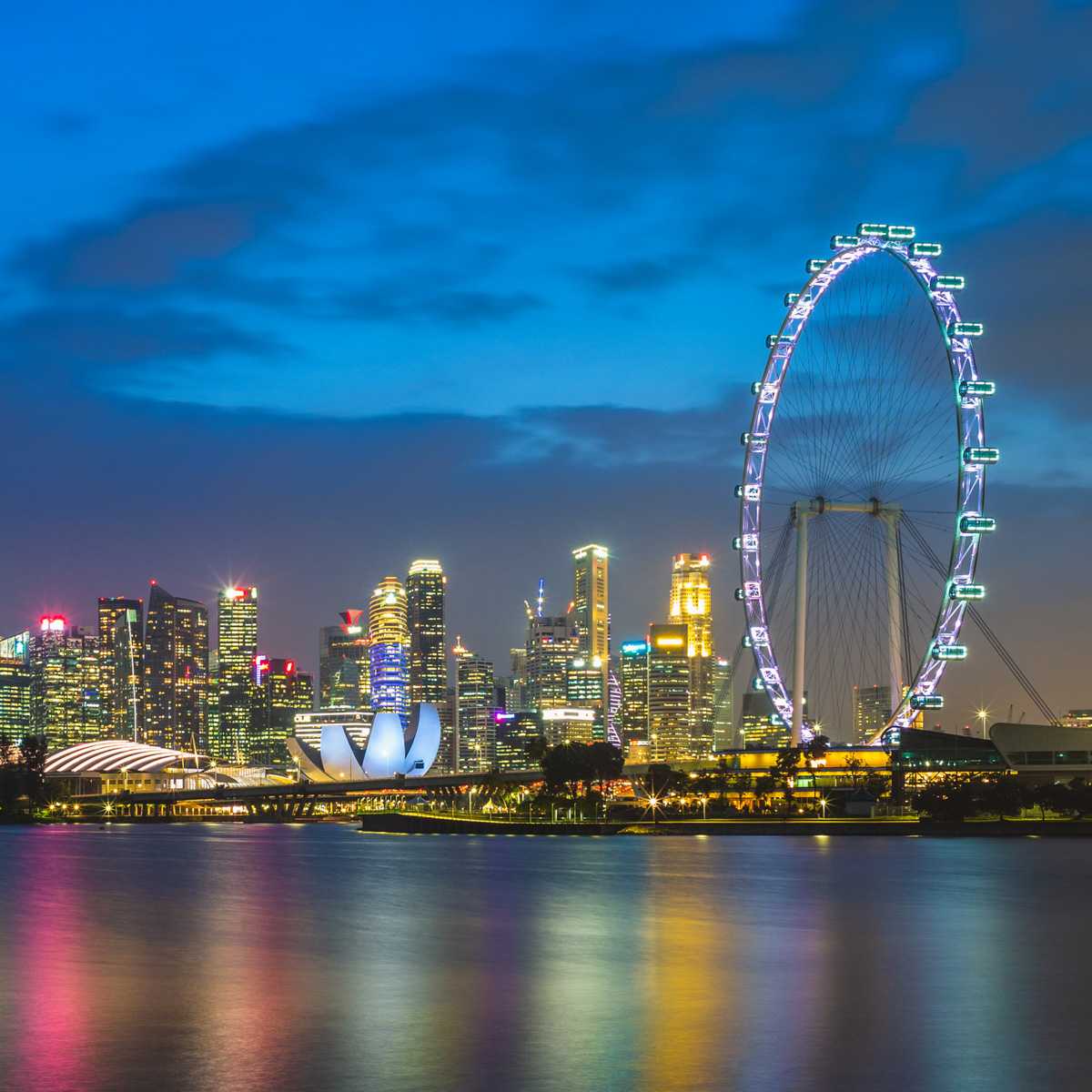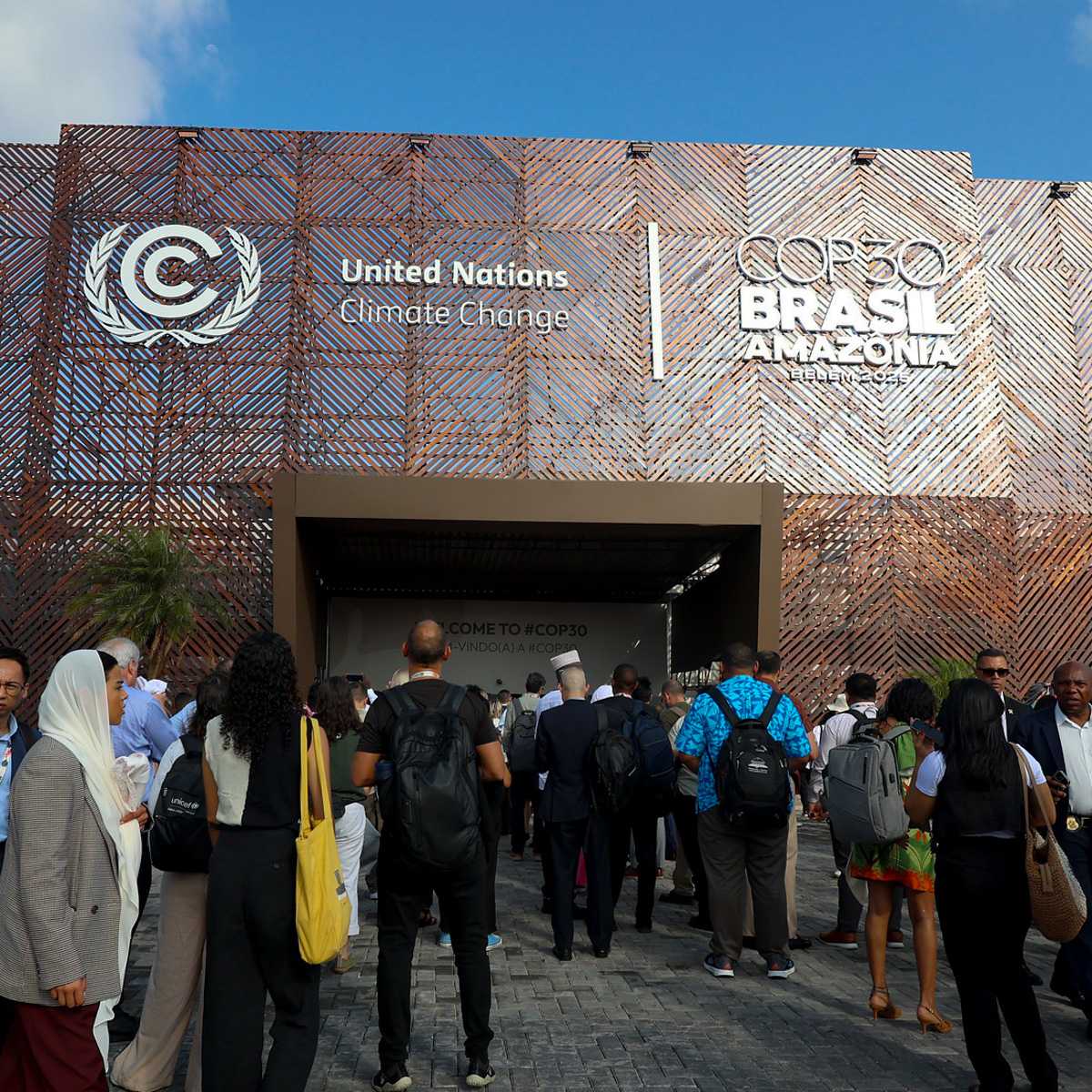

Singapore’s 2025 General Election did not produce a change in government, nor did it significantly shift parliamentary arithmetic. But make no mistake, this was a consequential election, because it has highlighted the emergence of a model that will set the tone for successive general elections. Is this the start of a new political equation that is finely tuned for stability for the next 60 years? Or is it a fragile equilibrium that, while sustainable for now, is susceptible to destabilising disruption in the future?
PAP’s Secret Weapon: Singapore’s New PM
The People’s Action Party’s (PAP) success was not surprising. Against a backdrop of global turbulence, it has maintained economic stability, managed inflation and kept unemployment low. Singapore remains one of the safest societies anywhere in the world. The party’s campaign was focused and deliberate, framing its pitch around continuity, pragmatism and responsible governance. It positioned itself as the only party with the foresight and gumption to make difficult decisions to ensure the long-term success of future generations.
The electorate rewarded this approach. In constituencies where the Workers’ Party (WP) was absent, the PAP regained ground, even notching up margins reminiscent of the 2015 elections. The PAP’s advantage in this election was more than just institutional, it was also personal. The understated popularity of new Prime Minister Lawrence Wong and Deputy Prime Minister Gan Kim Yong proved a quiet but potent force. Both men earned credibility during the COVID-19 crisis and their calm, technocratic leadership approach resonated with voters.
This election also saw a shift in tone under the PAP’s new leadership. The party’s more polarising personalities took a backseat, allowing Lawrence Wong and his core team to adopt a less combative approach. The calm, largely drama-free campaign led by Lawrence Wong and his team marked a clear departure from the more abrasive style of the PAP of old.
The narrow win by the National Trades Union Congress (NTUC) Secretary General Ng Chee Meng against a political newcomer was one of the more striking results of the election. Once seen as a key member of the fourth-generation leadership, Ng’s struggle to secure victory suggests he remains an unpopular figure among voters. His return to Parliament is unlikely to be seen as a resounding endorsement. Instead, it raises questions about his political viability, and this is likely why he has taken himself out of the running for any Cabinet position.
The WP’s Consolidation Within the Sandbox
The WP preserved its key seats, adding two Non-Constituency Members of Parliament (NCMP) to bring its total representation to 12 out of 97 parliamentary seats—a marked improvement. Yet, it did not break new ground. There were hopes it could add a third Group Representation Constituency (GRC) or win Jalan Kayu Single Member Constituency (SMC), but it fell short. However, it increased its vote shares in constituencies it governs, showing that it has entrenched itself in the northeast of Singapore.
What the WP has done in this election is show that it is now part of the political mainstream. GRCs held by the WP have become the party’s home base, platforms for bringing in new members and sustaining party renewal. This comes straight from the PAP’s own playbook.
But this consolidation brings with it a paradox. The more successful the WP becomes as a loyal opposition, the more it risks being boxed into that role: just a co-driver, never a challenger. The PAP can afford to tolerate, and even benefit from, a contained WP presence that vents public frustration without threatening overall dominance. This also helps perpetuate the PAP’s narrative that the opposition is all talk and no action. The danger for the WP is that its steady, incremental progress—winning one GRC every 10 to 15 years—while appealing to voters, may ultimately be a liability.
SDP, PSP and the Rise of the Independents
This election also exposed the ceiling of opposition parties built around singular figures. The Singapore Democratic Party (SDP) under Dr. Chee Soon Juan and the Progress Singapore Party (PSP) under Tan Cheng Bock struggled to gain traction. This is a clear indication that, for voters, personalities alone are no longer sufficient, especially for opposition parties. The SDP’s failure to win a single seat despite fielding respected figures like Paul Tambyah was a clear signal.
PSP, which had a strong showing during the last general election, has also lost momentum. Both parties campaigned on an anti-PAP platform centred on personal brands but their respective leaders no longer command the appeal they once did. Voters still have reservations about Chee, while Tan’s age and overestimation of his own influence may have worked against him.
This contrasts with the surprise in this election, where independent candidates performed relatively well against the PAP, while opposition parties that have been around for much longer were all but decimated at the polls. This can be best explained by the fact that Singaporeans remain serious about politics—they expect competence and passion. There is little appetite for grievance-driven politics or theatrical protest.
Compulsory Voting and Social Media Echo Chambers
Singapore’s compulsory voting system plays a central role in determining election outcomes. Opposition parties in Singapore face the uphill task of converting voters—convincing them to vote against the status quo. In systems without mandatory voting, turnout is the key variable and parties focus on energising their base. But in Singapore, where turnout is near-total, the fight is for the middle ground: the indifferent, the undecided, the default voter. The default voter often sees little reason for change and votes to maintain the status quo.
Many of these voters are also not in social media echo chambers. They are not swayed by ideological appeals or online chatter. Instead, they respond to what they see on the ground and how they feel about their current situation. Only the WP has demonstrated a serious ground operation, through years of house visits and sustained community outreach. But even that remains far behind the PAP’s extensive, well-oiled machinery. Without such face-to-face engagement and outreach, most voters tend to default to the incumbent.
Compulsory voting favours the incumbent because many voters simply show up out of legal obligation. Absent a compelling reason to vote for change, they stay with what they know. This explains the durability of the PAP’s margins and the punishing outcomes for smaller parties who merely “appear” once every five years.
The Problem With the Status Quo
While Singaporeans voted for the status quo to maintain familiarity and certainty, periods of stability and calm are often when the seeds for disruption are quietly laid. One day, change may be forced upon the nation, and institutions untested by disruption may not be ready. And when this disruption eventually comes, as it always does, the country may find itself unprepared.
The PAP’s vision, while coherent, is largely administrative and managerial. It is about navigating crises and preserving order. The WP remains cautious. Its “alternative voice”, “working for Singapore” approach is safe, steady and effective, but unambitious. Other parties simply lacked either the discipline or the ideas to be taken seriously.
The post-independence model of dominant one-party rule has delivered results, but its legitimacy now relies increasingly on economic performance rather than an inspirational vision of the future. Meanwhile, the opposition risks being seen as accessories in Parliament, with little influence over policies that impact people’s lives. Can this model endure for another 60 years? Or will it eventually be disrupted by rising populist movements that can overturn decades of stability?
A Model for the Next 60 Years?
While GE2025 shows that Singapore is far from moving towards a Western-style two-party system, it also showed that the electorate wants competition. What they seek is a model that protects Singapore’s core strengths: competence, stability, and racial harmony, but with more fairness, transparency and accountability.
In this context, we are seeing the emergence of Singapore’s political “new normal” and this can best be described as one of stability, accompanied by a small dose of token opposition. But against a global backdrop of populism and ideological upheaval, is this model resilient enough to safeguard Singapore’s prized stability and governance for the next 60 years?
The answer will largely depend on how Prime Minister Lawrence Wong and his team respond to perceptions of fairness in Singapore politics, around the structural advantages that have long benefited the PAP. Voters are becoming more attuned to issues that include how opposition parties are treated, how electoral boundaries are drawn, and whether different voices in Parliament are respected. These concerns, once easily brushed aside, are gaining importance now among an increasingly sophisticated voter base.
The viability of this new model will ultimately depend on how those in power respond to a maturing electorate that wants both competence and fairness.
Related Articles
Benefits of a Centralized Global Government Relations Function
November 21, 2025
Negotiating Power: China’s Approach to U.S. Relations Under Trump 2.0
November 11, 2025
COP30 Leader’s Summit Recap
November 10, 2025


